In today’s rapidly evolving digital landscape, businesses and consumers alike are seeking more convenient, secure, and diverse payment options to facilitate their transactions. Gone are the days when cash was king; the modern world demands flexible and innovative payment methods that cater to the ever-changing needs of people across the globe. As the way we conduct financial transactions continues to evolve, it becomes paramount to explore and embrace alternative payment methods that can revolutionize the way we buy and sell goods and services.
Table of Contents
- Introduction
- The Rise of Alternative Payment Methods
- A Plethora of Choices
- 3.1 Digital Wallets: The Future in Your Pocket
- 3.2 Cryptocurrencies: Unlocking a New Era of Transactions
- 3.3 Buy Now, Pay Later (BNPL): Empowering Consumers and Retailers
- 3.4 Mobile Payments: The Convenience of Your Smartphone
- Why Embrace Alternative Payment Methods?
- 4.1 Enhanced Security
- 4.2 Global Reach and Customer Base
- 4.3 Streamlined Checkout Experiences
- 4.4 Building Trust and Customer Loyalty
- Integration Made Easy
- Navigating the Challenges
- 6.1 Consumer Adoption and Education
- 6.2 Security Concerns and Risk Mitigation
- 6.3 Regulatory Compliance
- The Future of Payments
- Conclusion
1. Introduction

In the vast ocean of e-commerce and digital transactions, it has become evident that traditional payment methods no longer suffice. With the advent of technology and the ever-growing use of the internet, the demand for faster, safer, and more convenient modes of payment has grown exponentially. Consumers now expect seamless and hassle-free payment experiences that cater to their busy lifestyles and global interactions. This has led to the rise of alternative payment methods, an innovative approach to financial transactions that promises to reshape the way we conduct business and handle our money.
2. The Rise of Alternative Payment Methods
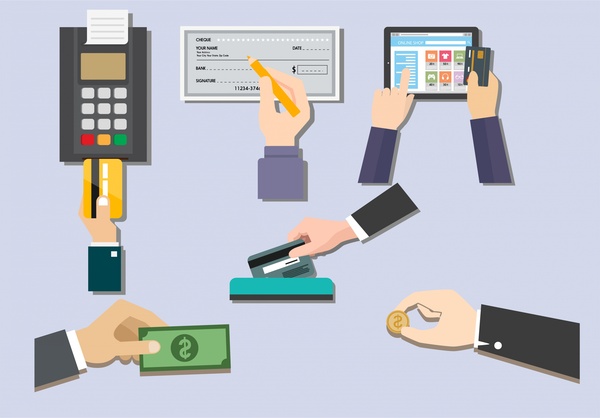
As technology continues to advance at an unprecedented pace, the payment landscape is undergoing a significant transformation. Alternative payment methods have been gaining immense traction, disrupting conventional norms and reshaping the way consumers make purchases. In recent years, we have witnessed a surge in the popularity of these methods, driven by the desire for convenience, security, and enhanced customer experiences.
From the early days of credit cards to the current era of mobile payments and cryptocurrencies, each new alternative payment method has brought unique advantages and opportunities for businesses and consumers alike. Traditional payment methods that rely heavily on physical cards and cash are gradually being overshadowed by the efficiency and speed of digital transactions.
3. A Plethora of Choices

3.1 Digital Wallets: The Future in Your Pocket
Digital wallets have revolutionized the way we carry out transactions. With the power of a smartphone, users can store their credit/debit card information, bank details, and even cryptocurrencies securely in one place. Popular digital wallet services like Apple Pay, Google Pay, and Samsung Pay have become synonymous with convenience and simplicity.
Imagine walking into a store, picking up items you wish to purchase, and simply tapping your phone on the payment terminal to complete the transaction. Digital wallets offer just that – a quick and contactless payment method that eliminates the need to fumble for physical cards or cash. With the added layer of security provided by biometric authentication, such as fingerprint recognition or facial recognition, digital wallets ensure that your financial data remains safe from potential threats.
3.2 Cryptocurrencies: Unlocking a New Era of Transactions
The advent of cryptocurrencies, spearheaded by Bitcoin, has given rise to a decentralized and borderless financial ecosystem. Unlike traditional currencies controlled by central banks, cryptocurrencies operate on blockchain technology, ensuring transparency, immutability, and enhanced security.
Cryptocurrencies have gained significant popularity due to their potential to disrupt the traditional financial system and offer financial inclusion to those who are unbanked or underbanked. Additionally, the decentralized nature of cryptocurrencies reduces the reliance on intermediaries, leading to faster and more cost-effective cross-border transactions.
As cryptocurrencies continue to gain mainstream acceptance, businesses are increasingly exploring the option of accepting them as a legitimate means of payment. Embracing cryptocurrencies can open up new markets, attract tech-savvy consumers, and position businesses as forward-thinking and innovative.
3.3 Buy Now, Pay Later (BNPL): Empowering Consumers and Retailers
The rise of Buy Now, Pay Later services has been a game-changer in the retail world. BNPL allows consumers to split their purchases into manageable installments, easing the burden of upfront costs. This payment model has gained immense popularity among millennials and Gen Z, who prioritize flexibility and budget management.
For retailers, BNPL services offer several advantages. By partnering with BNPL providers, businesses can offer their customers a more convenient and affordable way to shop, leading to increased conversion rates and higher average order values. Moreover, the ability to spread payments over time can boost customer loyalty and encourage repeat purchases.
3.4 Mobile Payments: The Convenience of Your Smartphone
Mobile payment solutions have become a staple in the modern transaction landscape. From scanning QR codes to tapping NFC-enabled devices, mobile payments offer unparalleled convenience.
Whether you are purchasing goods from a brick-and-mortar store or making online purchases, mobile payments provide a seamless and efficient way to complete transactions. With the widespread adoption of mobile wallets and contactless payment technology, the need to carry physical wallets or cards is gradually diminishing.
Mobile payments have also bridged the gap between online and offline shopping experiences. Customers can now pay for their purchases in physical stores using their smartphones, leading to a more integrated and user-friendly shopping journey.
4. Why Embrace Alternative Payment Methods?
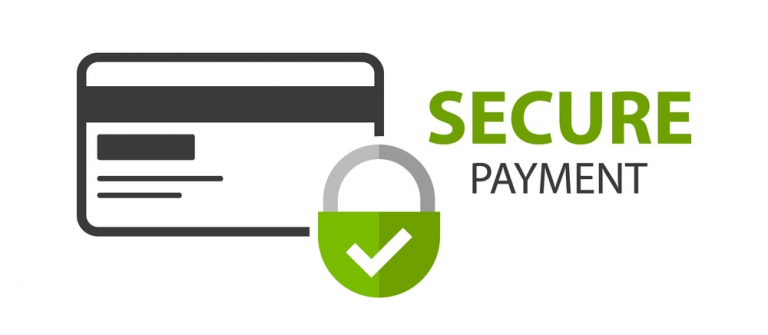
4.1 Enhanced Security
Traditional payment methods have long been plagued by security concerns, including identity theft and card fraud. Alternative payment methods leverage cutting-edge encryption and authentication technologies, significantly reducing the risk of data breaches and unauthorized access.
Digital wallets, for instance, use tokenization to replace sensitive card information with unique tokens, ensuring that no sensitive data is stored or transmitted during transactions. Cryptocurrencies, on the other hand, operate on decentralized blockchain networks that make it incredibly difficult for hackers to tamper with transaction data.
By embracing these secure options, businesses can safeguard their customers’ sensitive information and build trust. Providing a secure payment environment not only protects consumers but also safeguards the reputation of businesses from potential cyber threats.
4.2 Global Reach and Customer Base
One of the most significant advantages of alternative payment methods is their ability to transcend geographical boundaries. Traditional payment methods often face limitations in international transactions, leading to higher fees and processing delays.
Alternative payment methods facilitate seamless cross-border payments, allowing businesses to tap into a global customer base. Whether you are an online retailer looking to expand internationally or a service provider catering to clients worldwide, alternative payment methods can streamline your international transactions.
Additionally, accepting alternative payment methods can attract international customers who prefer using their preferred local payment methods. This inclusivity can lead to increased customer loyalty and a competitive edge in the global market.
4.3 Streamlined Checkout Experiences
A cumbersome and time-consuming checkout process can lead to abandoned carts and lost sales. Customers value simplicity and efficiency when making online or in-store purchases. Alternative payment methods streamline the checkout journey, enabling customers to complete transactions with ease.
Digital wallets offer one-tap or quick scanning options, making the payment process almost instantaneous. Cryptocurrency transactions require minimal input of information, reducing the time and effort required to complete the payment. BNPL services present customers with transparent and straightforward installment plans during the checkout process, eliminating the need for credit checks or complex paperwork.
The convenience and speed offered by these methods translate to higher conversion rates and improved customer satisfaction. A smooth and frictionless checkout experience can significantly impact a business’s bottom line by reducing cart abandonment rates and encouraging repeat purchases.
4.4 Building Trust and Customer Loyalty
Consumers are increasingly seeking brands that prioritize their convenience and security. By offering a wide array of alternative payment options, businesses can demonstrate their commitment to customer-centric practices.
In the digital age, trust is a valuable commodity. Consumers are cautious about sharing their financial information with unknown or less reputable businesses. By providing secure and reliable alternative payment methods, businesses can instill confidence in their customers and build long-term loyalty.
Moreover, embracing alternative payment methods can position businesses as innovative and forward-thinking. Companies that stay ahead of the curve and adapt to evolving consumer preferences are more likely to attract and retain customers in today’s competitive market.
5. Integration Made Easy
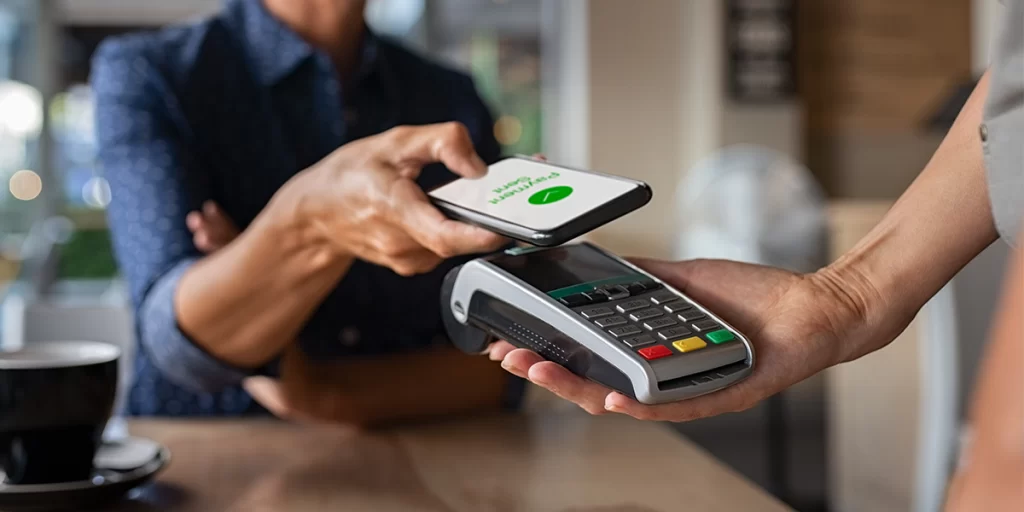
Contrary to misconceptions, integrating alternative payment methods into existing platforms is not a herculean task. Reputed payment service providers offer seamless integration options, allowing businesses to incorporate these solutions into their websites or point-of-sale systems effortlessly.
Before embarking on the integration process, businesses should conduct thorough research to identify the most suitable payment service provider for their needs. Factors such as transaction fees, security features, customer support, and compatibility with existing systems should be considered.
During the integration process, businesses should work closely with their chosen payment service provider to ensure a smooth and error-free implementation. Most providers offer comprehensive documentation and support to assist businesses throughout the integration journey.
A smooth integration process ensures minimal disruption to the existing payment infrastructure while unlocking the full potential of alternative payment methods. Businesses can capitalize on the benefits of these methods without compromising their existing operational efficiency.
6. Navigating the Challenges

As with any transformative shift, adopting alternative payment methods may present certain challenges. Recognizing and addressing these obstacles proactively is essential for a successful implementation.
6.1 Consumer Adoption and Education
While alternative payment methods are gaining popularity, some consumers may still be hesitant to embrace these innovations. Familiarity breeds trust, and many customers may be more comfortable with traditional payment methods that they have used for years.
To encourage widespread adoption, businesses must educate their customers about the benefits and safety of these new payment options. Transparent communication can dispel doubts and create a sense of confidence among users.
Educational campaigns, informative content, and tutorials can help customers understand how to use alternative payment methods effectively. Moreover, offering incentives, such as discounts or loyalty rewards, for customers who opt for alternative payment methods can further encourage their adoption.
6.2 Security Concerns and Risk Mitigation
The dynamic digital landscape also brings forth evolving cybersecurity threats. While alternative payment methods boast enhanced security features, no system is entirely immune to potential risks.
Businesses must remain vigilant in implementing robust security measures to protect sensitive data and financial transactions. Collaborating with reliable payment service providers can ensure compliance with industry standards and bolster security protocols.
Moreover, businesses should implement multi-factor authentication and transaction monitoring systems to detect and prevent fraudulent activities. Regular security audits and vulnerability assessments can help identify and address potential weak points in the payment process.
6.3 Regulatory Compliance
Various regions have distinct regulations governing financial transactions, especially concerning cryptocurrencies. Staying compliant with relevant laws and regulations is crucial for avoiding legal complications.
Businesses venturing into the world of alternative payment methods should seek legal counsel and stay informed about regulatory updates. Understanding the legal requirements and implications can help businesses make informed decisions and navigate the complex landscape of global transactions.
Collaborating with payment service providers that prioritize regulatory compliance and offer features such as anti-money laundering (AML) and know-your-customer (KYC) verification can ensure adherence to legal standards.
7. The Future of Payments
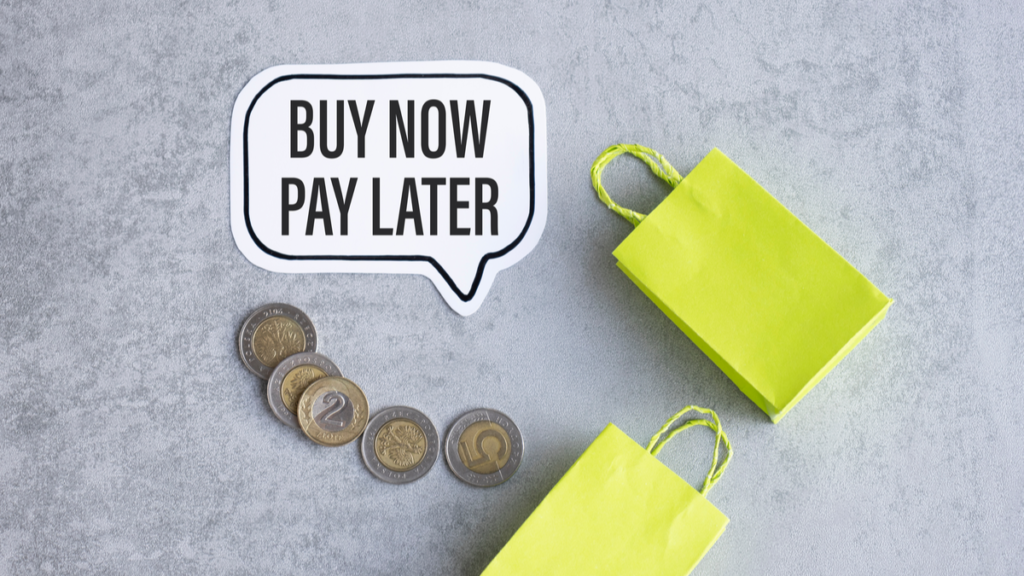
As technology continues to advance and consumer preferences evolve, the future of payments remains an intriguing domain. The rise of blockchain technology, the potential widespread adoption of central bank digital currencies (CBDCs), and the continuous evolution of mobile payment solutions are all shaping the landscape of tomorrow’s transactions.
Blockchain technology, which underpins most cryptocurrencies, holds the promise of revolutionizing not only payments but also various industries. Its potential to create secure, transparent, and decentralized systems can reshape supply chains, voting processes, and even identity verification.
Central bank digital currencies (CBDCs) are also gaining momentum as governments explore the possibility of issuing digital versions of their national currencies. CBDCs can enhance financial inclusion, streamline government disbursements, and offer more control over monetary policies.
The continuous evolution of mobile payment solutions is blurring the lines between online and offline commerce. Mobile wallets are increasingly integrating features such as loyalty programs, digital receipts, and contactless payments, further enhancing the overall shopping experience.
Conclusion
In conclusion, the world of payments is undergoing a remarkable transformation, with alternative payment methods taking center stage. The flexibility, security, and convenience offered by these options are reshaping how businesses and consumers interact financially. Embracing alternative payment methods is no longer just an option; it has become a necessity for businesses looking to thrive in the digital age.
From digital wallets that put the power of payment in your pocket to cryptocurrencies that open up a new era of decentralized finance, the possibilities are limitless. Buy Now, Pay Later services empower consumers and retailers, while mobile payments bring unprecedented convenience to our fingertips.
As consumers demand more convenient and secure payment options, businesses that adapt and offer alternative payment methods will be well-positioned to attract and retain loyal customers. The future of transactions lies in embracing innovation, staying adaptable, and catering to the ever-changing needs of a global audience.
Step into the future of transactions – where innovation meets seamless payments.




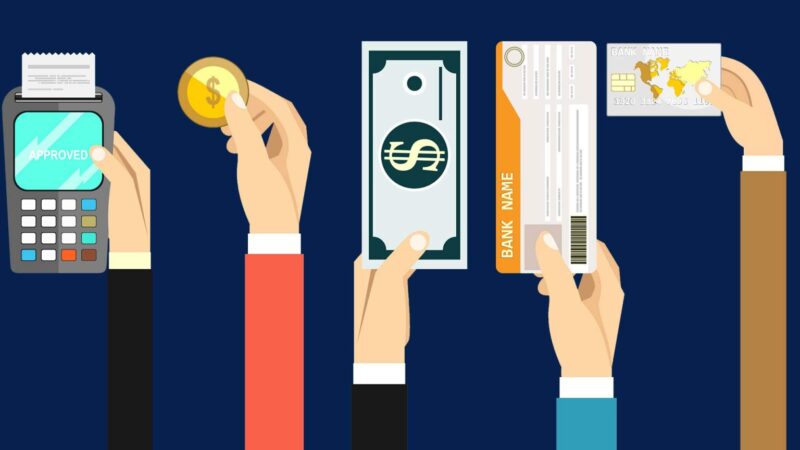



![[pii_email_d4bee34276327e26a3e1] Error](https://rocketfiles.com/wp-content/uploads/2023/03/Capture88545-1-380x250.jpg)